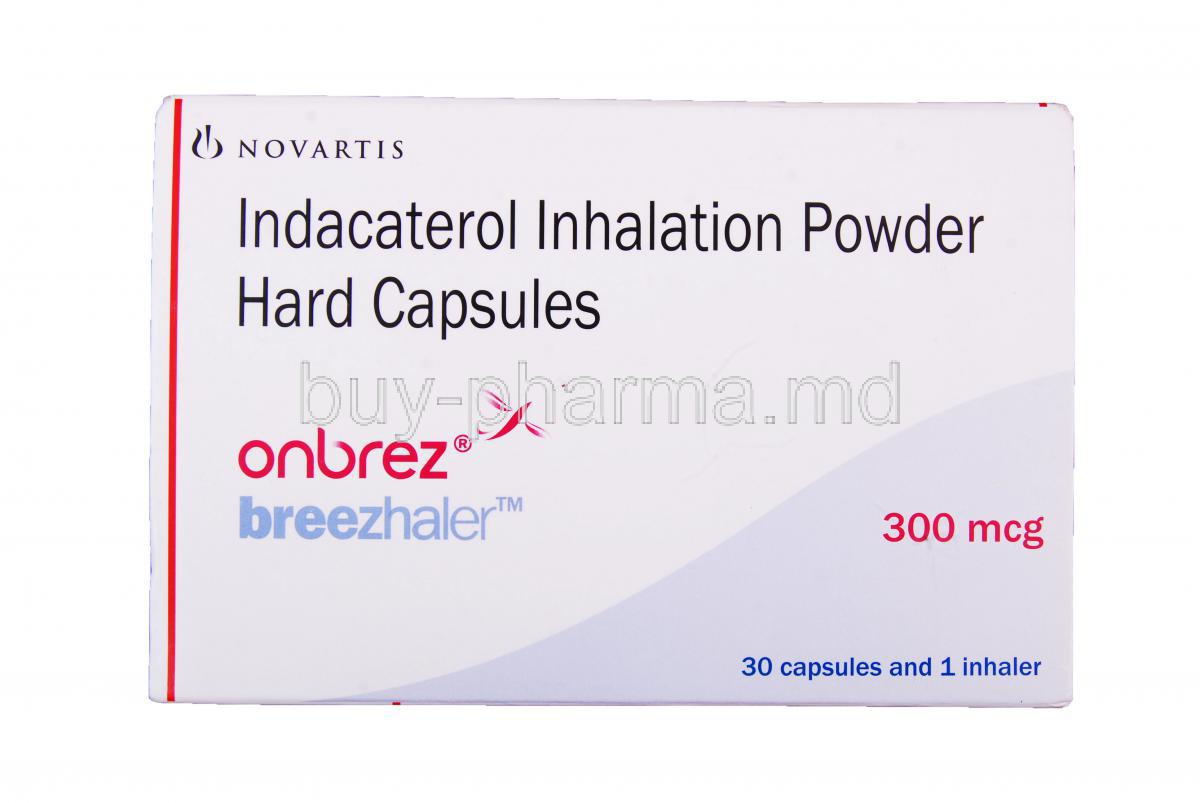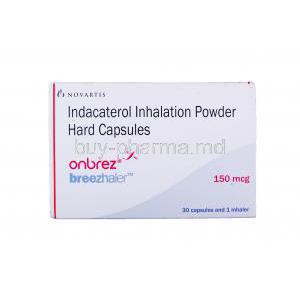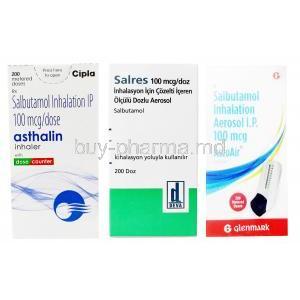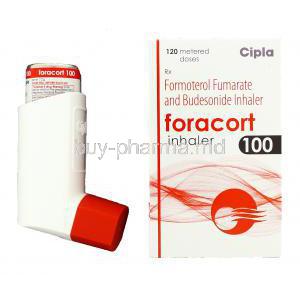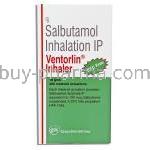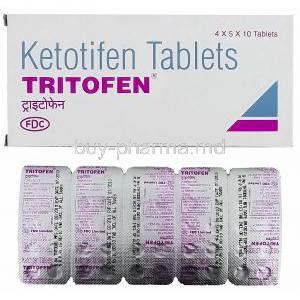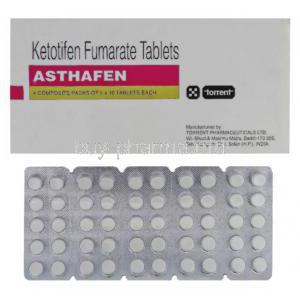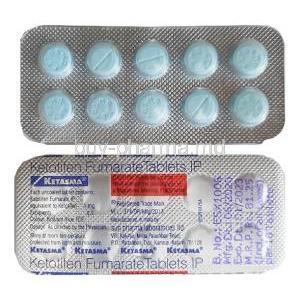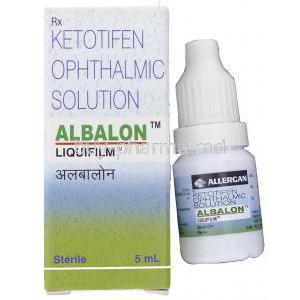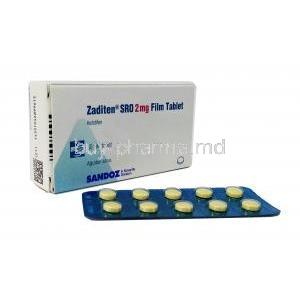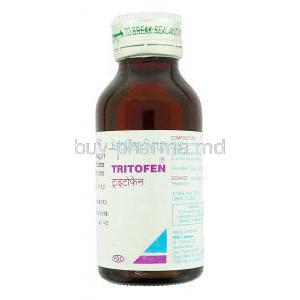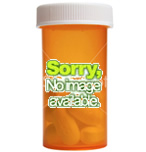1. Introduction to Onbrez Breezhaler
1.1 Overview of Onbrez Breezhaler
Onbrez Breezhaler is an inhalation therapy formulated to provide sustained bronchodilation for individuals suffering from chronic respiratory conditions. It delivers a once-daily dose of indacaterol maleate via a capsule-based dry powder inhaler system, designed for efficient pulmonary deposition.
1.2 Approval Status and Regulatory Classification
Onbrez Breezhaler has received approval in numerous countries including those within the European Union, under prescription-only classification. It is recognized as a long-acting bronchodilator used in the management of obstructive airway diseases, classified pharmacologically as a LABA (long-acting beta2-adrenergic agonist).
1.3 Indications and Therapeutic Category
The primary indication for Onbrez Breezhaler is the maintenance treatment of airflow obstruction in patients with chronic obstructive pulmonary disease (COPD), including chronic bronchitis and emphysema. It falls under the therapeutic category of respiratory agents—specifically, bronchodilators used in chronic respiratory disease management.
1.4 Available Strengths and Packaging Formats
Onbrez Breezhaler is commercially available in capsule form with strengths of 150 mcg and 300 mcg of indacaterol. Each package typically includes a Breezhaler device and individually sealed capsules in blister strips to maintain drug stability and ease of use.
2. Composition and Active Ingredients
2.1 Active Pharmaceutical Ingredient: Indacaterol Maleate
The active component, indacaterol maleate, is a potent beta2-adrenergic receptor agonist that provides long-acting bronchodilation with a rapid onset. It exhibits high selectivity and prolonged action, suitable for once-daily dosing.
2.2 Inactive Ingredients and Excipient Profile
Inactive components include lactose monohydrate, which acts as a carrier for the powdered formulation. The capsule shell is made of hypromellose, ensuring stability and safe inhalation delivery.
2.3 Pharmacological Classification: Long-Acting Beta2-Agonist (LABA)
Indacaterol belongs to the LABA class, offering extended bronchodilation by binding to beta2-adrenergic receptors in airway smooth muscle. This classification underlines its utility in long-term respiratory disease control.
3. How Onbrez Breezhaler Works in the Body
3.1 Mechanism of Action on Beta2-Adrenergic Receptors
Indacaterol stimulates beta2-adrenergic receptors located in bronchial smooth muscle, activating adenylate cyclase and increasing intracellular cAMP. This cascade results in muscle relaxation, bronchodilation, and improved airway patency.
3.2 Onset and Duration of Bronchodilation Effect
The drug exhibits a rapid onset of action within 5 minutes, with peak effects achieved in 1–4 hours. Its bronchodilatory effect lasts for 24 hours, supporting its once-daily dosing convenience and therapeutic consistency.
3.3 Comparison with Other Bronchodilators (e.g., Salmeterol, Formoterol)
- Faster onset: Indacaterol acts more rapidly than salmeterol.
- Longer duration: Offers true 24-hour control compared to formoterol’s 12-hour window.
- Once-daily dosing: Enhances adherence and simplifies therapy regimens.
4. Approved and Off-Label Uses of Onbrez Breezhaler
4.1 Approved Use: Maintenance Treatment of Chronic Obstructive Pulmonary Disease (COPD)
Onbrez Breezhaler is officially indicated for maintenance therapy in adult patients with COPD to improve airflow, reduce symptoms such as dyspnea, and minimize the frequency of exacerbations.
4.2 Off-Label Use in Asthma Management (in Combination Therapy)
While not approved as monotherapy in asthma, Onbrez may be prescribed off-label in combination with inhaled corticosteroids (ICS) or other controller medications for severe asthma when long-term bronchodilation is required.
4.3 Potential Role in Preventing Exercise-Induced Bronchospasm
Though not a primary indication, indacaterol's prolonged action has been explored for off-label use in preventing exercise-induced bronchospasm, particularly in patients with concurrent COPD and exercise intolerance.
4.4 Investigational Use in Other Chronic Respiratory Diseases
Studies are ongoing regarding its efficacy in managing chronic cough, bronchiectasis, and overlap syndromes such as asthma-COPD overlap (ACO), where stable bronchodilation may provide symptomatic relief.
5. Dosage and Administration Guidelines
5.1 Recommended Dosage for COPD Maintenance
The standard dosage is 150 mcg inhaled once daily at the same time each day. For patients with more severe symptoms, a 300 mcg dose may be prescribed based on clinical judgment and response.
5.2 Dosing Frequency and Inhalation Technique
- Once-daily dosing only
- Capsule must be placed in the Breezhaler device
- Patient inhales the full dose by deep and steady inhalation
5.3 Missed Dose Instructions and Overdose Risk
If a dose is missed, it should be taken as soon as remembered on the same day. Two doses should not be taken on the same day. Overdose may lead to cardiovascular and central nervous system stimulation, including tachycardia and tremor.
5.4 Administration Timing Relative to Meals or Other Medications
Onbrez Breezhaler can be taken irrespective of food intake. However, it should be used prior to other inhaled therapies when multiple respiratory medications are prescribed to optimize bronchodilation.
6. Proper Use and Handling Instructions
6.1 Step-by-Step Guide to Using the Breezhaler Device
- Open the blister and remove a capsule
- Insert the capsule into the chamber
- Close the device and press buttons to pierce the capsule
- Exhale away from the device, then inhale the medicine deeply
- Hold breath for 5–10 seconds, then exhale slowly
6.2 Cleaning and Maintaining the Inhaler
Clean the Breezhaler mouthpiece with a dry cloth weekly. Do not wash with water. Always store the device in a clean, dry environment when not in use.
6.3 Disposal of Used Capsules and Inhaler Parts
Used capsules should be discarded immediately after inhalation. The Breezhaler device should be replaced every 30 days or as advised by a healthcare professional.
7. Storage Requirements and Stability Information
7.1 Ideal Storage Temperature and Humidity Conditions
Store Onbrez Breezhaler below 25°C (77°F) in a dry place. Protect from moisture and keep the capsules in their original packaging until use.
7.2 Shelf Life and Expiration Precautions
Each package has a labeled expiration date. Do not use the capsules or device beyond this date, even if they appear physically intact.
7.3 Guidelines for Handling Blister Packs and Capsules
Only open one capsule blister immediately before use. Capsules exposed to air or moisture for extended periods may lose potency and should be discarded.
8. Side Effects and Adverse Reactions
8.1 Overview of Potential Side Effects
Onbrez Breezhaler is generally well-tolerated but may cause side effects ranging from mild irritation to rare serious reactions, depending on individual response and concomitant conditions.
8.2 Common Side Effects (e.g., Cough, Headache, Throat Irritation)
- Transient cough immediately after inhalation
- Headache
- Nasopharyngitis
- Oropharyngeal irritation
8.3 Rare but Serious Side Effects (e.g., Paradoxical Bronchospasm, Tachycardia)
- Worsening shortness of breath post-inhalation
- Palpitations and increased heart rate
- Hypertension or hypokalemia in susceptible individuals
8.4 Allergic and Hypersensitivity Reactions
Though rare, hypersensitivity reactions such as rash, angioedema, or anaphylaxis may occur. Discontinue immediately if allergic symptoms develop.
9. Drug Interactions and Combination Risks
9.1 Interaction with Other Beta2-Agonists and Xanthine Derivatives
Concurrent use with other beta2-agonists or methylxanthines like theophylline may increase the risk of cardiovascular and central nervous system stimulation.
9.2 Risk with MAO Inhibitors and Tricyclic Antidepressants
These medications may potentiate the effects of beta2-agonists, leading to enhanced hypertensive or arrhythmic reactions. Co-administration should be approached with caution.
9.3 Impact of Diuretics and Corticosteroids
Diuretics and corticosteroids may enhance the risk of hypokalemia when combined with indacaterol, especially in high doses. Electrolyte levels should be monitored during treatment.
9.4 Monitoring When Used with Antihypertensive Agents
Beta2-agonists can reduce the efficacy of certain antihypertensives. Patients with cardiovascular comorbidities should be regularly evaluated for blood pressure and heart rate changes.
10. Warnings and Contraindications
10.1 Conditions Requiring Discontinuation (e.g., Allergic Reaction)
Immediate discontinuation of Onbrez Breezhaler is warranted in the presence of hypersensitivity reactions, including but not limited to:
- Urticaria or angioedema
- Severe bronchospasm post-inhalation
- Anaphylactic symptoms such as facial swelling or airway compromise
Patients exhibiting these symptoms must receive prompt medical attention, and alternative bronchodilator therapies should be considered.
10.2 Cardiovascular Disease and Arrhythmia Concerns
Long-acting beta2-agonists such as indacaterol may exacerbate cardiovascular conditions, particularly in patients with:
- Ischemic heart disease
- Arrhythmias, including atrial fibrillation or ventricular ectopy
- Uncontrolled hypertension
Onbrez Breezhaler should be prescribed with caution in these individuals, accompanied by routine cardiovascular monitoring.
10.3 Contraindications: Hypersensitivity to Indacaterol or Excipients
Onbrez Breezhaler is contraindicated in individuals with known hypersensitivity to indacaterol maleate or any component of the formulation, including lactose or capsule shell constituents such as hypromellose.
11. Important Precautions Before and During Use
11.1 Avoiding Use as a Rescue Inhaler
Onbrez Breezhaler is not designed for the acute relief of bronchospasm. Patients must be counseled to retain a short-acting beta2-agonist (SABA) for emergency situations such as sudden breathlessness or wheezing.
11.2 Risk of Acute Exacerbations if Used Improperly
Improper or inconsistent use may lead to worsening respiratory symptoms or increased frequency of COPD exacerbations. Ensuring correct technique and daily adherence is essential to mitigate these risks.
11.3 Monitoring Pulmonary Function and Symptom Control
Regular spirometry assessments and symptom tracking should be part of the treatment plan. Declining pulmonary function or increased rescue inhaler use may indicate suboptimal control or disease progression.
11.4 Considerations for Long-Term Maintenance Therapy
As a chronic therapy, Onbrez Breezhaler requires periodic re-evaluation to confirm continued benefit and assess for potential adverse effects. Therapy should be maintained only if symptomatic improvement and stable lung function are observed.
12. Careful Administration in Special Populations
12.1 Administration to Elderly Patients: Dose Adjustment and Fall Risk
Although no formal dose adjustment is required, elderly patients may exhibit increased sensitivity to beta2-agonists. Monitoring for dizziness, tremor, or orthostatic hypotension is advised, especially in individuals with mobility limitations or polypharmacy concerns.
12.2 Administration to Pregnant Women: Safety Profile and Fetal Risk Data
There is limited data on the use of indacaterol during pregnancy. Animal studies have shown no direct teratogenic effects, but systemic beta-agonists have been associated with uterine relaxation and fetal tachycardia. Use is recommended only when benefits outweigh potential fetal risks.
12.3 Use During Lactation: Excretion in Breast Milk and Infant Safety
It is not known whether indacaterol is excreted in human breast milk. As a precaution, nursing mothers should be advised of the theoretical risk, and alternative treatments may be considered in cases requiring prolonged use.
12.4 Use in Pediatric Patients: Safety and Efficacy Not Established
Onbrez Breezhaler is not approved for use in children or adolescents under 18 years of age due to the absence of clinical data supporting its safety or therapeutic efficacy in this population.
13. Overdose Management and Emergency Response
13.1 Signs and Symptoms of Overdose (e.g., Tremor, Palpitations)
Symptoms of indacaterol overdose are consistent with excessive beta2-adrenergic stimulation and may include:
- Tachycardia or palpitations
- Tremors or restlessness
- Hypokalemia and metabolic acidosis
- Hypertension or paradoxical hypotension
13.2 Recommended Interventions and Medical Support
Immediate supportive measures include discontinuation of the drug, monitoring of vital signs, and correction of electrolyte imbalances. In severe cases, hospitalization and ECG monitoring may be necessary. Beta-blockers may be cautiously considered under strict supervision.
13.3 Long-Term Effects of Repeated Overdosing
Chronic overdose may predispose patients to cardiac arrhythmias, muscle cramps, and sustained hypokalemia. Long-term safety requires dosage compliance and regular monitoring of adverse physiological effects.
14. Handling Precautions and Patient Counseling
14.1 Educating Patients on Correct Inhaler Technique
Proper inhaler use is critical for drug efficacy. Patients should be instructed on capsule placement, activation, and deep inhalation technique. Periodic technique reassessment is encouraged during follow-up visits.
14.2 Warning Against Capsule Ingestion
Onbrez capsules must never be swallowed. Ingestion will not deliver the medication to the lungs and may result in delayed or no therapeutic benefit. Clear labeling and patient education are essential.
14.3 Preventing Device Misuse or Sharing with Others
The Breezhaler device is intended for single-patient use only. Sharing may lead to cross-contamination or inappropriate use, especially if underlying respiratory conditions differ between users.
14.4 Importance of Adherence and Regular Follow-Up
Daily adherence ensures consistent bronchodilation and symptom control. Patients should be reminded to take their medication at the same time each day and attend scheduled follow-ups to assess treatment effectiveness and safety.

